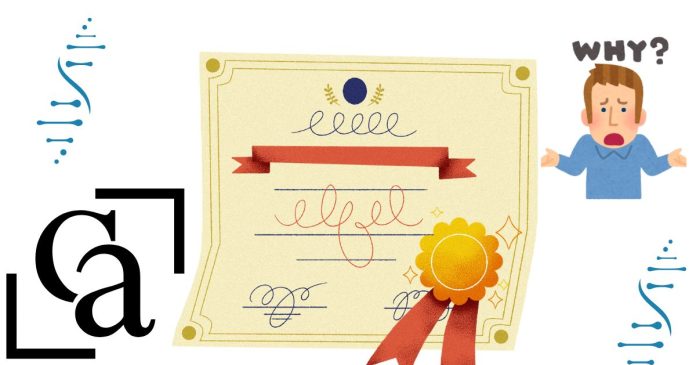A CA certificate (Certificate Authority certificate) is a digital certificate issued by a trusted organization, known as a Certificate Authority (CA). The CA certificate serves as proof that a public key belongs to the entity or server it claims to represent, ensuring that the communication is secure, authentic, and has not been tampered with.
Key Points about CA Certificates:
- What is a CA Certificate?
- A CA certificate is essentially a certificate issued by a Certificate Authority (a trusted organization) that vouches for the legitimacy of a public key.
- It is used in Public Key Infrastructure (PKI) systems, which underpin technologies like SSL/TLS (for secure web communication), S/MIME (for email encryption), and Code Signing.
- The CA certificate is part of a chain of trust, which starts from a root certificate (at the top level) and can include intermediate certificates that help verify the authenticity of a server or entity.
- Why Do We Need a CA Certificate?
- Authentication: A CA certificate helps verify the identity of websites, servers, or entities in a secure communication. When you visit a website, for example, your browser uses CA certificates to confirm that the website is legitimate and that the server’s public key indeed belongs to the site you’re trying to reach.
- Encryption: CA certificates enable encryption of data between clients and servers (such as between your browser and a website). By using SSL/TLS protocols, data is encrypted using asymmetric encryption, where the server’s public key is used to encrypt data, and only the server can decrypt it using its private key.
- Trust: A CA certificate ensures that the entity you’re communicating with is trustworthy, as it has been validated by a recognized authority. This helps prevent attacks like man-in-the-middle (MITM) attacks, where an attacker intercepts or alters communication between two parties.
- Chain of Trust: CA certificates form a chain of trust. This means that a root certificate (trusted by most devices and browsers) can sign intermediate certificates, and those intermediate certificates can sign end-entity certificates (such as the SSL certificates for websites). The chain is trusted because it leads back to a trusted root certificate.
How Does a CA Certificate Work?
- Root CA: At the top of the hierarchy, the root CA is a highly trusted entity (like VeriSign, DigiCert, or Let’s Encrypt). The root certificate is self-signed (signed by the CA itself) and is trusted by most operating systems and browsers by default.
- Intermediate CA: To avoid exposing the root certificate directly, intermediate CAs are used. These are signed by the root CA and can issue certificates to end entities. If an intermediate CA is compromised, the root certificate remains protected.
- End Entity Certificates: These are the certificates issued to the actual entities or servers, such as web servers or email servers. They are signed by an intermediate CA.
- Verification: When your browser connects to a website over HTTPS, it checks the website’s certificate to ensure it’s issued by a trusted CA. If the certificate is valid, the communication is secure. If not, the browser will warn the user about potential risks (such as an untrusted certificate or expired certificate).
Real-World Example:
- When you visit a website (e.g.,
https://example.com), your browser requests the website’s SSL certificate. - The certificate is signed by a CA, and your browser checks if it recognizes the CA as a trusted entity (by checking if it has the root CA certificate).
- If the certificate is valid, your browser establishes an encrypted connection with the website, ensuring that the data you send is protected.
- If the certificate is invalid (e.g., expired or untrusted), your browser might display a warning message.
Types of CA Certificates:
- Root Certificates: These are at the top of the trust chain and are self-signed by the CA. They’re typically pre-installed in your browser or operating system.
- Intermediate Certificates: These are issued by root certificates to help form a complete certificate chain. They act as a bridge between the root certificate and the end-entity certificate.
- End-Entity Certificates: These are the certificates issued to the actual services (e.g., web servers) and are signed by intermediate CAs.


